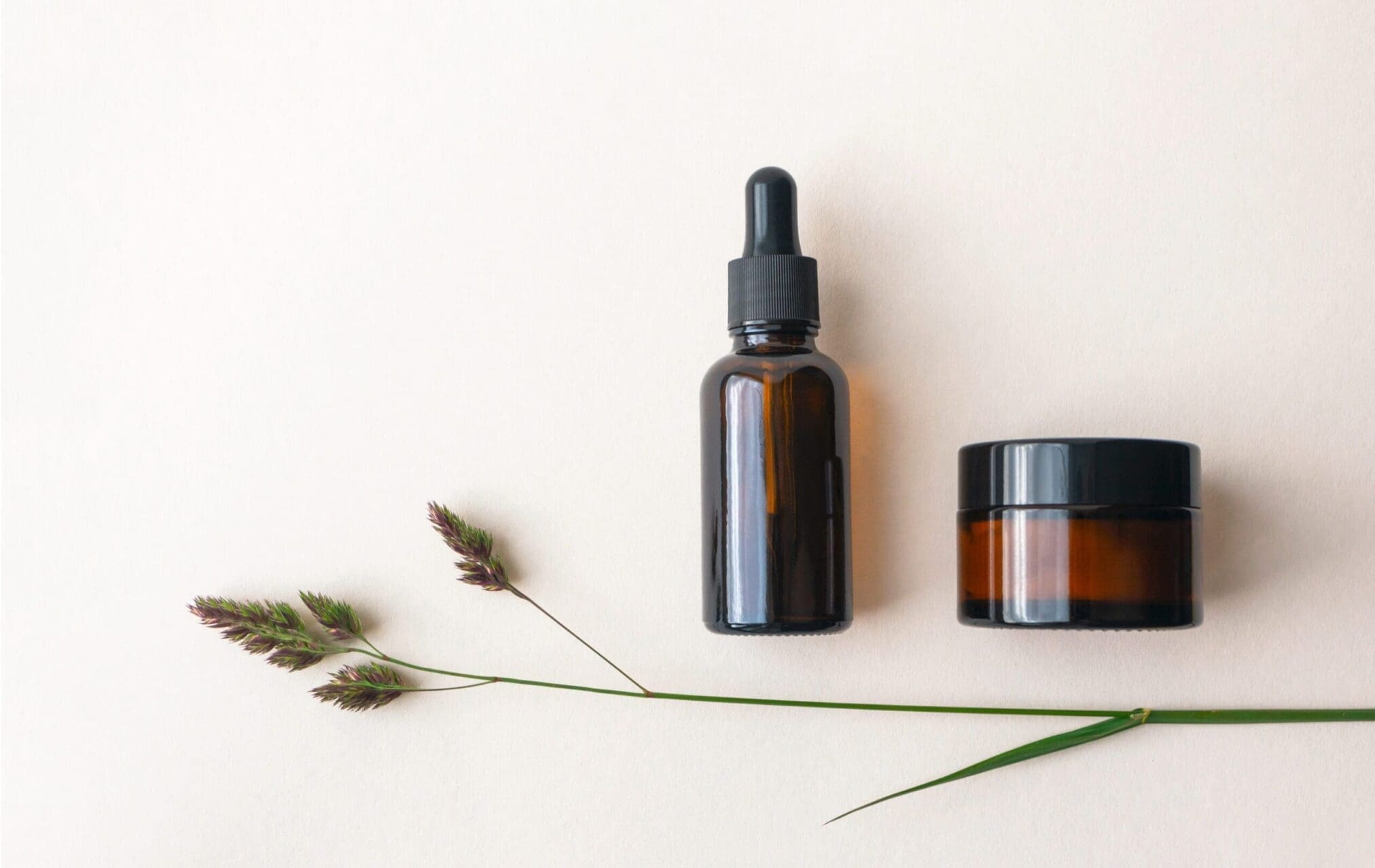IFRA1 will soon release (expected for 3rd quarter of 2019) the 49th Amendment of their self-regulatory system, setting rules for the use of nearly 200 fragrance materials, updating restrictions and prohibited substances.
Basic new elements for the IFRA 49th Amendment:
- New product categorization: 22 distinct “classes” across 11 “categories” to 16 distinct “classes” across 12 “categories”
The Systemic Categories have been harmonized with QRA2 categories, which leads to a simplification for IFRA certificates.
- Includes revised Quantitative Risk Assessment (QRA2) methodology, which incorporates:
Aggregate exposure consideration
Revised Safety Assessment Factors (SAFs)
The scope of the Standard has been expanded, considering now the systemic toxicity of the substance. When a limit for skin sensitization is introduced, the QRA22 derived level will be compared to levels derived from a systemic toxicity point assessment – the lower limit will drive the restriction in the standard.
- More open, transparent and consultative process than ever before, e.g. series of webinars and Information Letters on scope, tools and timelines)
49th Amendment IFRA in numbers
- 116 new and revised Standards:
25 new Standards
91 Revised Standards
- Timeline
The Consultation to collect feedback from the stakeholders was closed on 31 July 2019;
IFRA has been preparing the final versions of the documentation in August-September 2019;
The publication of the IFRA 49th Amendment is expected in the 3rd quarter of 2019.
What is IFRA and why is affecting my cosmetic product?
- The fragrance industry is self-regulated through the international association – IFRA – which represents companies and national associations from 23 countries.
- An IFRA standard is periodically issued to provide guidance and harmonization to the sector. Most of substances restricted or banned by IFRA have been prohibited in the EU as well. Globally, IFRA standards are widely recognized, Argentina and Brazil even made compliance with IFRA standards mandatory.
Victor Pastor Martin
Research and Development Department
September 12, 2019
With more than 30 years of regulatory experience, it will be our pleasure to help and advice you on EU cosmetics regulatory updates, SCCS opinions and restricted or banned cosmetic ingredients in the EU. If you would like to know more on cosmetics products regulatory compliance, please contact us.
1 International Fragrance Association
2 The QRA2 model, developed by the International Fragrance Association, is a quantitative risk assessment model designed to derive an “acceptable exposure level” for such fragrance allergens, a concentration below which induction of sensitisation is unlikely to occur.


